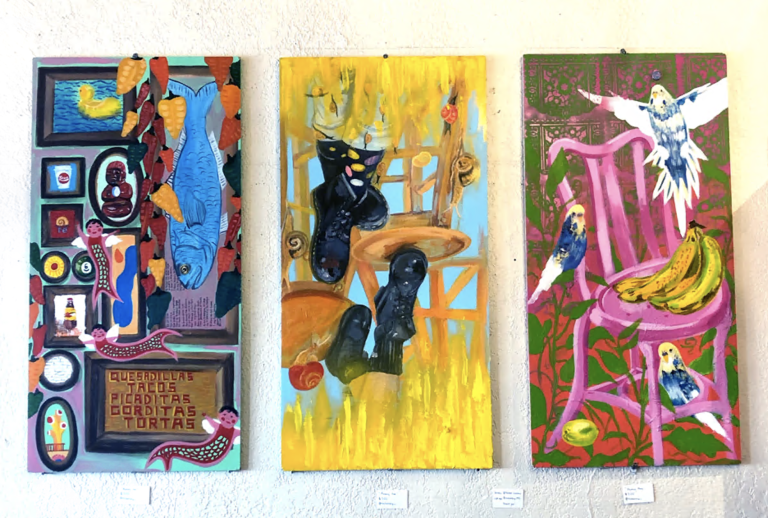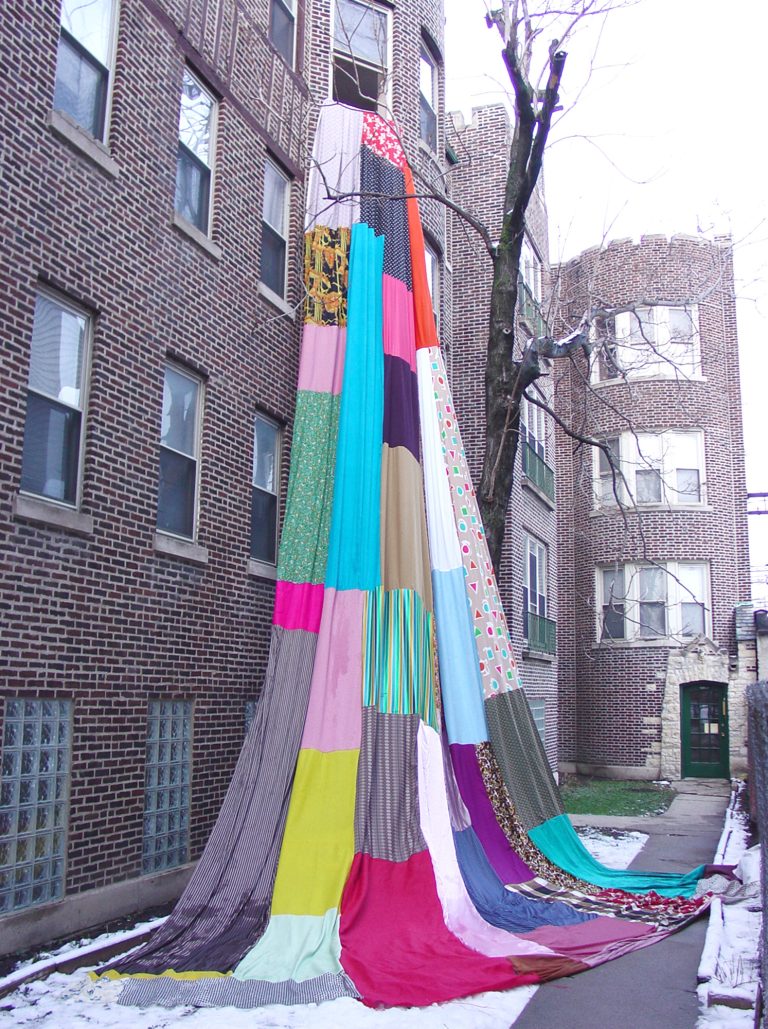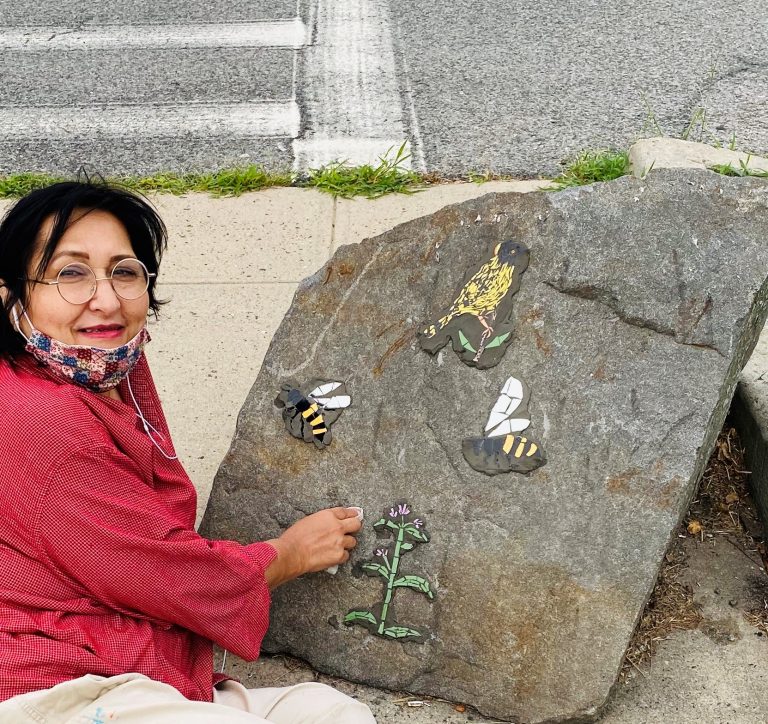Artists: 8 Tips for Photographing Artwork With an iPhone
In preparation for ArtsWestchester’s Call for Artworks for a spring 2021 exhibition, photographer John Rizzo provided a Zoom workshop dedicated to photographing artwork for the digital experience. Viewers found this information so helpful that ArtsNews decided to provide a round-up of Rizzo’s best tips. While ArtsWestchester’s Call closes on March 3, this information can be applied to photographing artwork at any time.
1. Shoot Photos in JPEG Format
While recent iPhones save files in the “high efficiency” .HEIC format, .JPEG is still the most compatible format, a standard that has been around for years. The format default can be changed by going to Settings>Camera>Formats>Most Compatible.
2. Consider the Background
You should avoid putting your work in front of anything that is particularly busy or bright. This will attract the viewer’s eye, pulling them away from the work. Instead, it is best to go for a neutral setting that really showcases the artwork.
To make a subject stand out, you can blur the photo’s background. This is possible when using Portrait Mode on iPhones 11, 11Pr, 11Pro Max, XS, XSMax, XR, X, 8Plus and 7Plus. For this to work properly, the subject should either be very far from the background or between two-to-eight feet from the camera with plenty of light.
3. Find the Good Light
When possible, use light from a window when there is good cloud coverage in the sky. This natural light is the best light you can have when photographing your artwork. If possible, find that good light and bring your artwork there to photograph.
4. If There’s No Good Light, Create It
If you cannot find quality natural light, use a light source instead. A worklamp is inexpensive and can provide a great environment for you to photograph your work.. Place your light about two feet above the artwork, and at a 45-degree angle. You may even choose to use two lights so that you have broader, more even coverage.
Using a sheet of diffusion material in front of your work lamp will soften the harshness of the light. Hold a white surface, such as a piece of foam core, opposite your light source. This will reflect the light into the shadows and balance out the light.
5. Focus the Phone
When the iPhone’s camera is facing the subject, touch the portion of the screen where the subject appears. This will tell the phone where it should focus. By holding a finger on the screen, the item will come into focus and the yellow square, indicating the area of focus, will blink.
6. Adjust the Brightness
Just next to the yellow square is a sundial. Sliding a finger along the sundial’s scale will adjust the photograph’s brightness. On Android, use the plus/minus icon.
7. Hold Your Cell Phone as Steady as Possible
Unlike heavier cameras that allow you to counterbalance their weight, a cell phone is very light. For that reason, it is important to be mindful of holding your phone steady. A Gimbal is a tool that allows you to stabilize your phone, which is particularly useful when shooting videos.
8. Play With Editing Software
Computer software like Adobe Photoshop allow for significant editing of your photographs. However, there are also plenty of iPhone apps that allow you to adjust your photograph’s contrast, exposure, coloring and more. VSCO is a popular option. Play around with your editing and have fun
A version of this article first appeared in the March issue of ArtsNews, ArtsWestchester’s monthly publication. ArtsNews is distributed throughout Westchester County. A digital copy is also available at artsw.org/artsnews.

About ArtsWestchester
For more than 50 years, ArtsWestchester has been the community’s connection to the arts. Founded in 1965, it is the largest private not-for-profit arts council in New York State. Its mission is to create an equitable, inclusive, vibrant and sustainable Westchester County in which the arts are integral to and integrated into every facet of life. ArtsWestchester provides programs and services that enrich the lives of everyone in Westchester County. ArtsWestchester helps fund concerts, exhibitions and plays through grants; brings artists into schools and community centers; advocates for the arts; and builds audiences through diverse marketing initiatives. In 1998, ArtsWestchester purchased the nine-story neo-classical bank building at 31 Mamaroneck Avenue which has since been transformed into a multi-use resource for artists, cultural organizations and the community. A two-story gallery is located on the first floor of ArtsWestchester’s historic building on Mamaroneck Avenue. artsw.org







